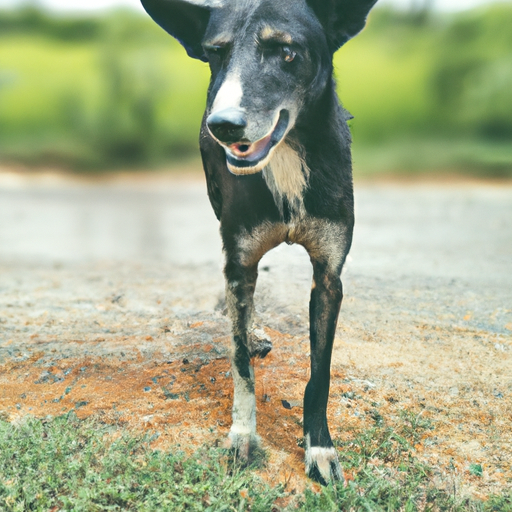Understanding Dog Snarling
Dog snarling, a form of aggression, can be alarming for pet owners. But as you navigate your caregiving journey, remember that your pet isn’t necessarily “bad” or “aggressive” by nature. Dogs communicate in various ways, including through vocalizations and body language. A snarl, which usually involves a growl with lips curled to display teeth, signals that your dog is uncomfortable, threatened, or scared.
Why Do Dogs Snarl?
Dogs snarl for several reasons:
- Fear: Dogs often snarl when they’re scared. This could be a reaction to a new environment, unfamiliar people, or other animals.
- Possessiveness: Some dogs snarl when they feel their possessions (toys, food, space) are threatened.
- Pain: If your dog is injured or ill, they may snarl to communicate their discomfort.
- Behavioral Issues: Chronic snarling can be a sign of deeper behavioral problems.
Recognizing Different Types of Dog Snarls
There are various types of dog snarls, each with its unique sound and body language:
- Warning Snarl: This snarl is usually coupled with a growl and showing of teeth. It’s a clear message to back off.
- Fear Snarl: In this case, your dog might tuck its tail, lay its ears flat, and avoid eye contact.
- Aggression Snarl: This snarl is characterized by a stiff body, raised tail, and focused stare.
How to Respond to Dog Snarling
Your response to your dog’s snarling should be measured and careful. Avoid the temptation to punish or yell at your dog, as it could escalate their anxiety and aggression. Instead, try these steps:
- Stay Calm: Your dog picks up on your energy. Keep your voice and body language calm and assertive.
- Remove the Trigger: If possible, remove what’s causing your dog to snarl. This might mean giving them space or removing a toy or food item.
- Consult a Professional: If your dog frequently snarls, consider seeking help from a professional dog trainer or behaviorist.
How to Prevent Dog Snarling
Preventing dog snarling begins with understanding your pet’s triggers and teaching them healthier ways to respond. Here are some tips:
- Socialization: Expose your dog to various environments, people, and animals to help them feel more comfortable in different situations.
- Training: Consistent training can teach your dog to obey commands and behave appropriately.
- Positive Reinforcement: Reward your dog for good behavior. This could be through treats, praise, or petting.
What Not to Do When Your Dog Snarls
Just as there are appropriate responses to dog snarling, there are also behaviors to avoid:
- Do Not Punish: Punishing your dog for snarling can increase their fear or aggression.
- Do Not Force Interaction: If your dog is snarling at a person or animal, do not force them to interact.
- Do Not Ignore the Behavior: Snarling is a form of communication. Ignoring it may lead to more aggressive behaviors in the future.
When to Seek Help
If your dog’s snarling becomes frequent or increasingly aggressive, it’s time to seek help. Consult with a professional dog trainer or a behaviorist who can provide a personalized plan for your dog. If your dog’s snarling is caused by pain or discomfort, visit a veterinarian.
FAQ
Why does my dog snarl at certain people or animals?
Dogs might snarl at certain individuals due to past traumatic experiences or lack of socialization.
Is snarling the same as growling?
While similar, snarling usually involves more visual cues such as showing teeth, whereas growling is primarily vocal.
How can I socialize my dog to prevent snarling?
Expose your dog to various environments, people, and animals gradually and positively. Reward calm behavior with treats or praise.
My dog snarls when playing. Is this normal?
Some dogs may snarl during play as part of their “play growl.” However, monitor their body language to ensure it doesn’t escalate into aggression.
Should I muzzle my dog if they snarl a lot?
Muzzling should be a last resort and used under a professional’s guidance. It doesn’t solve the underlying issue causing the snarling.
Conclusion
Understanding and addressing dog snarling can be challenging. However, with patience, consistency, and empathy, you can guide your dog towards healthier communication patterns. Always remember, when in doubt, seek professional help.



